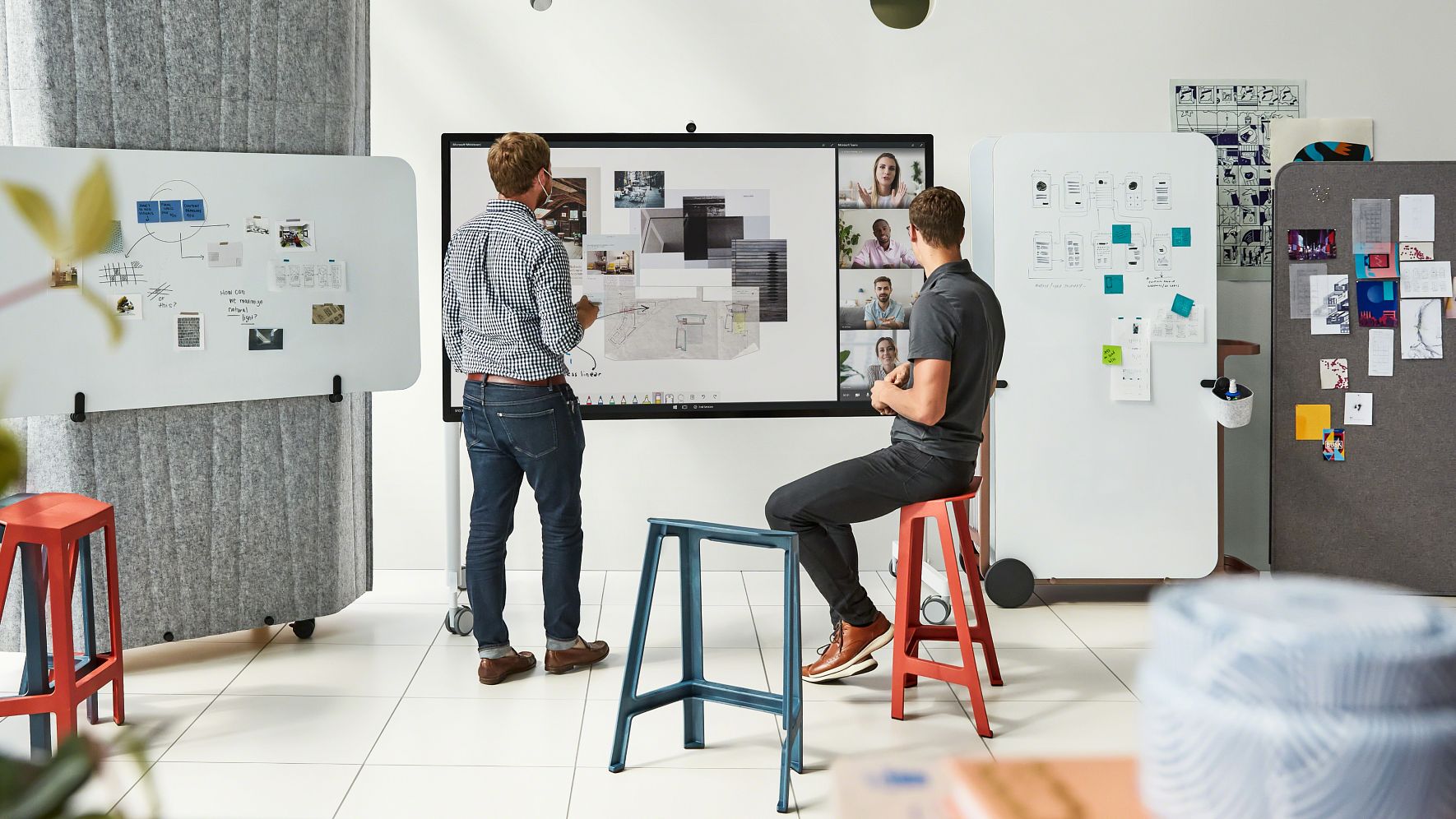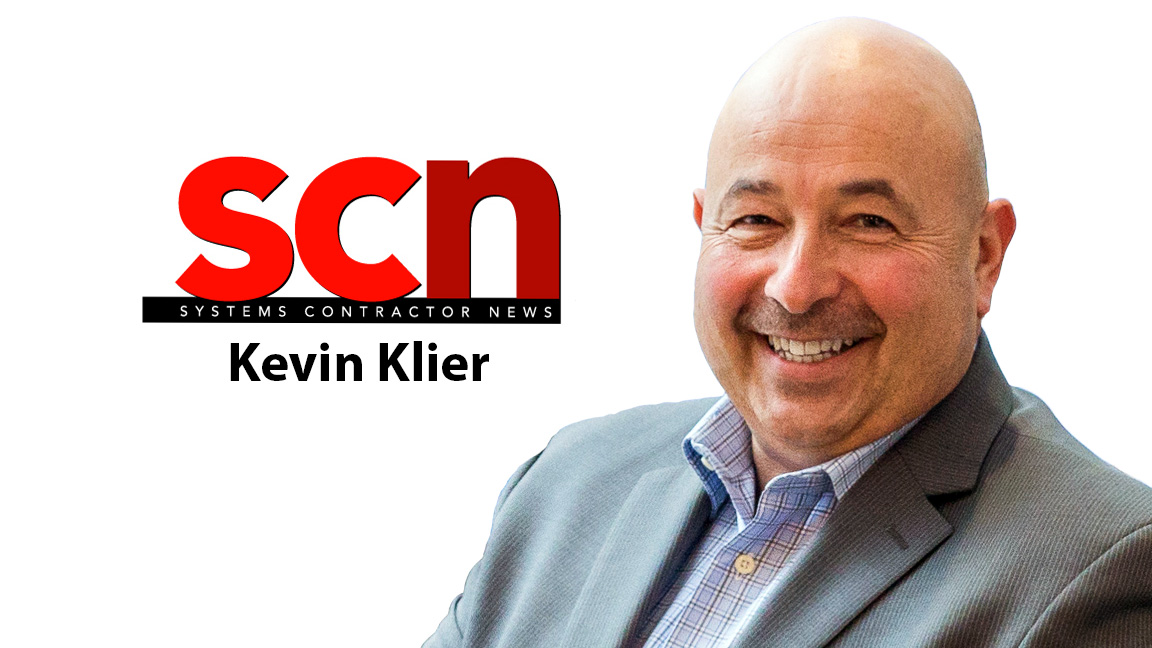Although working from home was gradually making its way into the workplace, the pandemic kicked the doors wide open for adaptation of remote and hybrid work models in virtually every type of business. Now that the genie is out of the bottle, there seems little chance the working world will ever go back to the traditional 9-to-5, everyone-in-the-office routine.
[SCN Hybrid World: Better Heard, Not Seen]
A recent study by Hiring Lab found that job listings with a remote component had nearly tripled since 2020. With a quarter of all professional jobs expected to be remote by the end of 2023—and more than half of all employees indicating they want to be able to work from home—many employers are recognizing that they must make remote work options a part of their company culture to remain competitive. Without it, they fear they will be unable to continue attracting and retaining top talent, which ultimately will impact productivity and the organization’s ongoing success.
Equal Contribution Opportunities
Remote and hybrid work models, however, present another set of potential problems for employers. How do you ensure that remote workers still feel like they are part of the team? How do you keep these employees engaged, while ensuring that their performance remains high? And now that the capacity to work remotely is accepted as a workplace norm, how do you ensure remote workers are properly equipped so that they can participate fully in video calls?
When a lack of presence equity exists, remote workers can easily feel like their contributions are not valued as much as those who are physically at the workplace.
For many companies, the answer to all of these questions is presence equity. Not a new concept—remote workers and their organizations have been trying to find better ways of collaborating for a decade or more—presence equity simply means that remote and in-office team members have the same access to information and can speak and be heard easily by all participants. Presence equity ensures that every team member can equally contribute to the discussion at hand.
When a lack of presence equity exists, remote workers can easily feel like their contributions are not valued as much as those who are physically at the workplace. This can lead to feelings of disengagement—and disengaged employees are more likely to be less productive and begin looking for job opportunities in which they believe their work will be perceived as more valuable.
[New Crestron Report Reveals Current Hybrid Trends]
The experience of a bad videoconference can also lead to remote workers being regarded by their peers (or, worse, their supervisors) as less than the true professionals they are. If it is difficult to see or hear what a speaker is sharing and saying, other participants will be concentrating on trying to decipher what is being said rather than understanding it. Remote workers need to be well lit, facing the camera, and engaged throughout the duration of the conversation.
Bottom line, better hybrid experiences lead to better work. A better experience can be defined as productive meeting time spent discussing ideas and finding solutions, rather than wasting time trying to get AV equipment and settings to work properly. Anyone who has dealt with the experience of a video call participant who can’t be heard or seen because of poor audio quality or lighting knows how detrimental it can be to productivity. While such calls might have been acceptable in the early days of the pandemic, today’s hybrid setting demand a professional approach.
Wide Open Options
With that in mind, employers should focus first on offering in-office workers a wide range of spaces in which to work. As remote work at its best has demonstrated, employees work best when they have control of where they work. Employers need to allow their workers to choose the best place for the task at hand. That means offering the option of huddle rooms equipped with videoconferencing technology to pods offering sufficient privacy to participate in a call or join a videoconference.

For both in-office and remote workers, employers should provide access to AV solutions that are easy to use and ensure that everyone sounds clear and is well lit on camera. Monitors and video solutions should be positioned so that both in-person and remote workers can view all content being shared. Microphones and speakers must be able to capture and transmit a clear audio stream.
Beyond that, it is important for AV and other collaborative solutions to support both BYOD (bring your own device) and BYOM (bring your own meeting) features. Doing so allows employees to easily connect to meetings on their organization’s standardized platform (as well as others, as needed), while simultaneously minimizing contact with shared devices.
Remote Considerations
Finally, it is essential for employers to make certain remote workers are as comfortable and enjoy the same productivity features as their in-office peers. This means providing professional home office solutions, such as an ergonomic chair, work tools, and videoconference kits equipped with headsets, mics, and ring lights.
With remote working opportunities likely to continue to grow in 2023 and beyond, employers will need to prioritize technology upgrades on a continual basis to ensure their workers are equipped with the tools that enable them to do their best work. This likely will necessitate increased budgeting for both the technology and the furniture solutions that support them. It also means offering more training opportunities so that technology use can be maximized, as well as making a higher investment in security solutions, since remote work will vastly increase the potential for cyberattacks.
[High Expectations for Hybrid Education]
The future is also likely to see employers generating stricter policies with respect to remote or hybrid workers. This will need to be done in part to make sure all workers are being treated fairly and equally when it comes to how remote work is being handled. Stricter policies will also protect both the organization and its employees from unnecessary risk related to tax and residency issues, while tying both to the employer’s overall business goals.
As with most things in life, change is the one constant in the workplace. With remote and hybrid work seemingly a permanent part of the workspaces, employers will need to ensure that worker performance, engagement, and well-being are all a part of their considerations when creating better work experiences.

